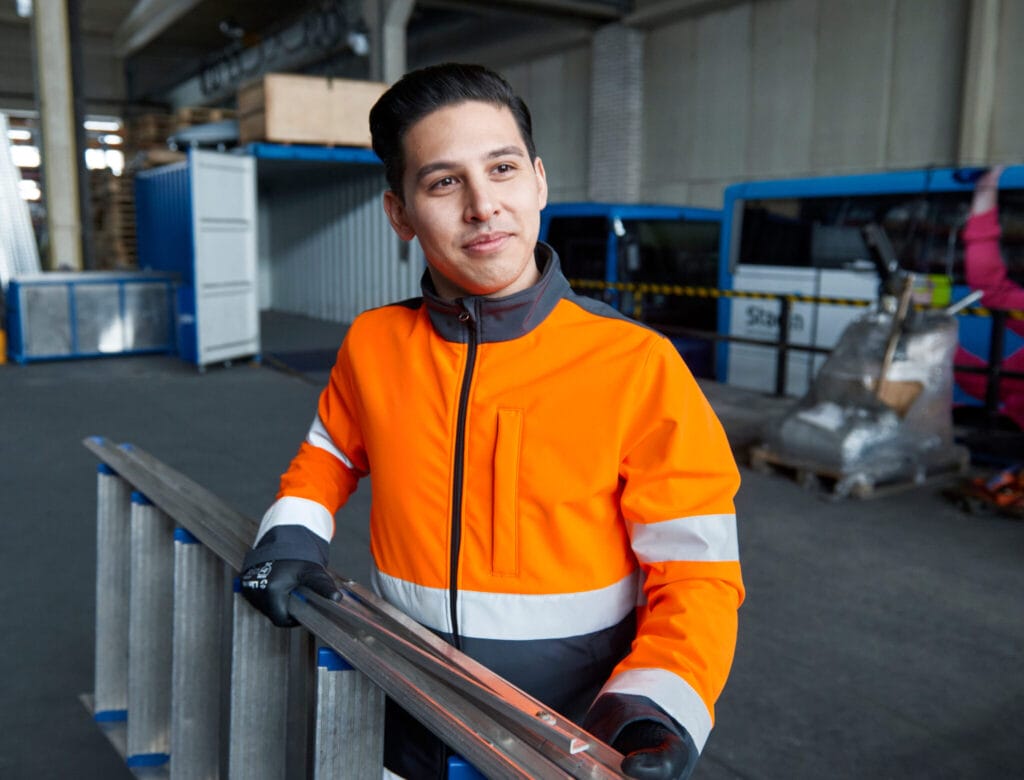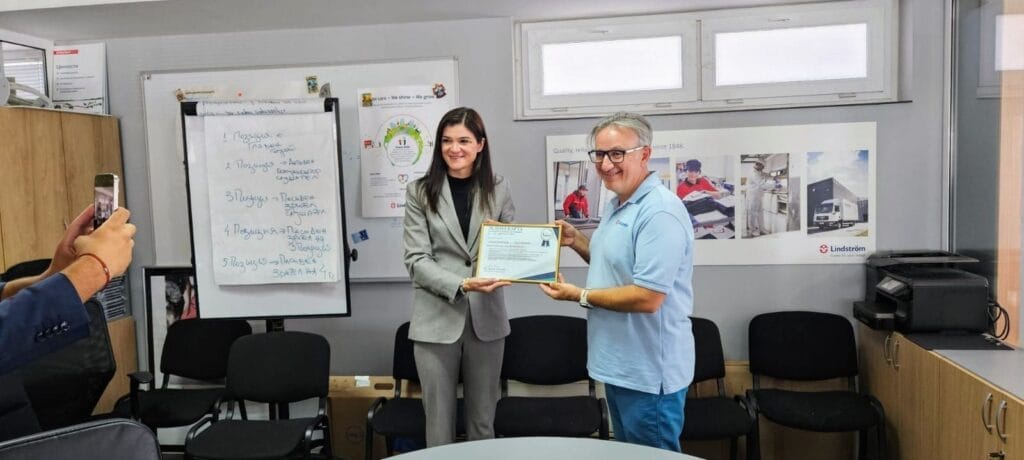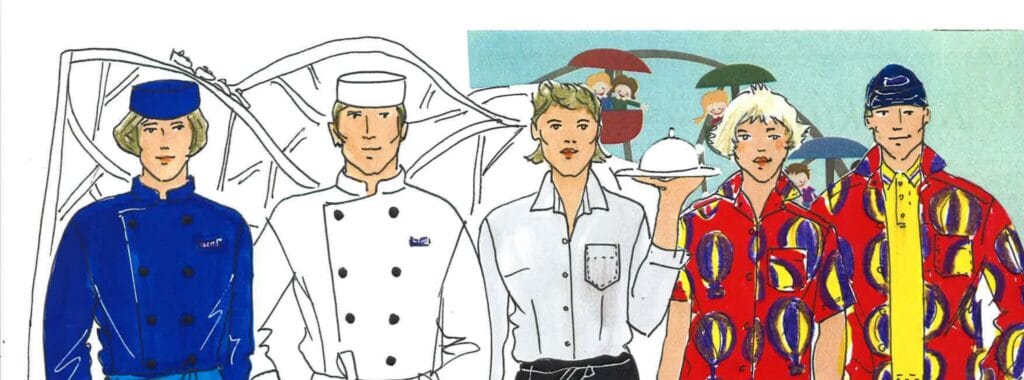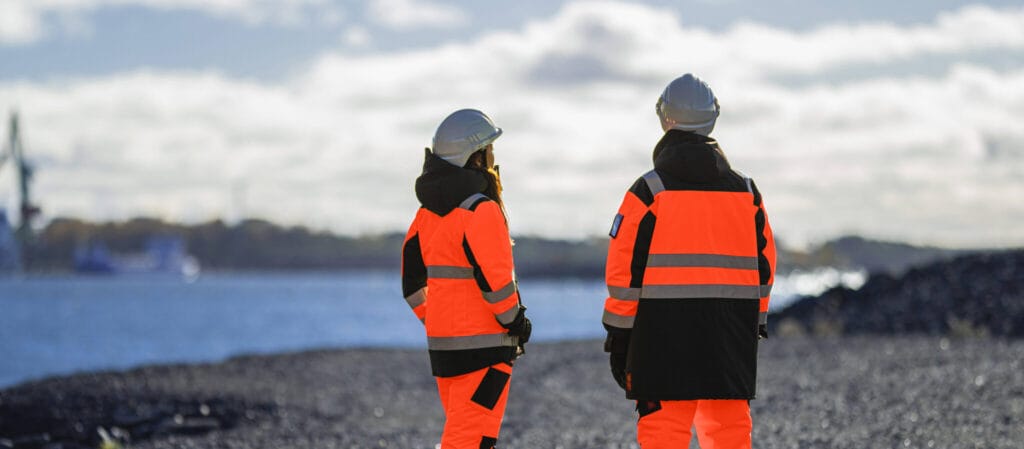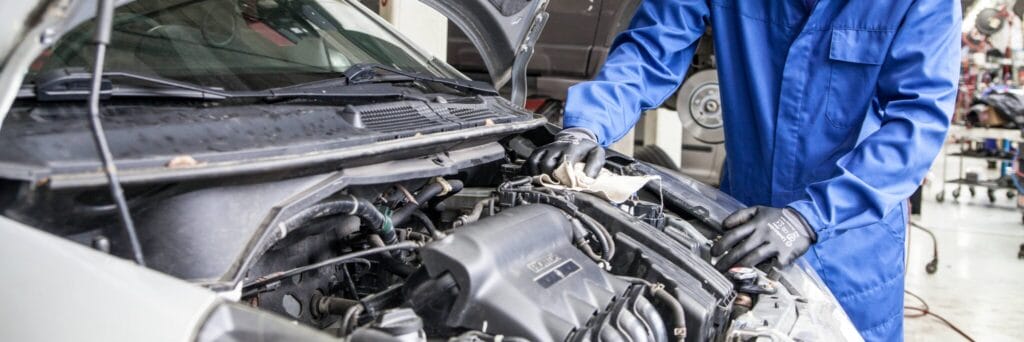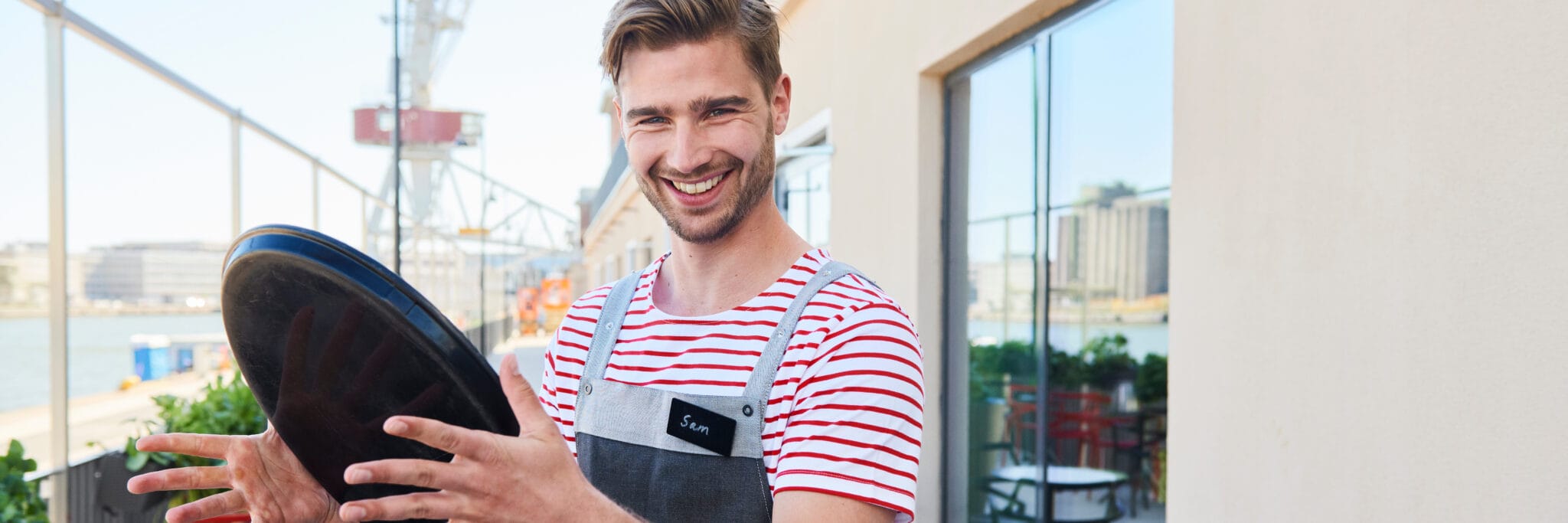
Summer workwear – the ultimate guide to beat the heat
Summer brings long days and bright sunshine, but for many industries, it also brings the challenge of working in high temperatures. Staying comfortable and safe while maintaining productivity can be tough. Here are our hottest tips on choosing the right summer workwear to help you beat the heat and keep your workday efficient and pleasant.
Did you know?
A study at Loughborough University found that working at 35 °C and 50% relative humidity results in an average 35% decrease in productivity throughout the workday.
According to WHO, the frequency and intensity of extreme heat waves will continue to rise in the 21st century due to climate change.
Choosing summer workwear for warmer weather
Whether you work outdoors in construction, maintenance, or transportation, or in hot indoor facilities such as retail or restaurant settings, appropriate work clothes are essential to avoid heat-related issues, such as heat stroke or dehydration. Suitable clothing naturally enables employees to perform tasks more efficiently and safely. The job must go on, but let’s do it in a style that matches the weather conditions. This 6-step guide has you covered from top to toe.
1. Comfort and fit
Select workwear that allows for ease of movement for roles requiring constant activity. Practical features like multiple pockets and tool loops enhance job efficiency by providing convenient storage for tools and essentials.
Offering custom fit options to employees is a good idea, which enhances comfort and reduces the risk of accidents caused by ill-fitting clothing. Tailored workwear with customised sizing can significantly improve overall satisfaction. Lindström, for instance, offers tailored protective workwear specifically designed for women.
It’s important to recognise that one size does not fit all; different body sizes and shapes require appropriate clothing to ensure safety and comfort. Loose garments are better in hot conditions because they promote airflow, enhance sweat evaporation, and reduce heat buildup. In work environments, clothing that’s too loose can be a safety risk—it may get caught in machinery or hinder movement. Workwear should strike a balance between airflow and a safe, secure fit. Ensuring a proper fit helps keep workers cooler and more comfortable, making it easier to cope with the heat.
2. Breathable fabrics
Choosing the right fabric for your summer workwear can make all the difference. Opt for lightweight, breathable materials like a cotton-polyester blend or special moisture-wicking fabrics. These materials allow for better air circulation and quick moisture evaporation; helping to keep your body cool. While a fabric is breathable, it should also be strong enough to resist wear and tear.
Additionally, the colour of clothing plays a role in how a garment feels; lighter colours reflect the sun’s rays, keeping workers cooler compared to darker colours.
3. Layering for all weather conditions
Select garments that can be layered for different weather conditions. Dressing in layers might seem counterintuitive, but it helps manage your body temperature.
Start with a lightweight, moisture-wicking base layer to keep sweat away from your skin. Add a lightweight, outer layer that can be removed as temperatures rise. This can, for instance, be a softshell jacket or vest. The outermost clothing layer should ideally be water-resistant to protect against rain and damp conditions. This allows you to flexibly adjust your clothing to your activity level and changing temperatures.
4. Safety and compliance
Consider the working environment and the tasks performed during the workday. What are the safety requirements, regulations, and any specific characteristics of the work?
For instance, employees working outdoors benefit from UV protection from sun exposure. In areas where it is important that employees are noticeable, such as road construction sites and airports, high-visibility garments are useful. Personal protective equipment (PPE) such as helmets, boots, and similar accessories protect the employee from injuries. In kitchens and retail spaces, slip-resistant footwear is a good idea, preventing slips and falls.
Summer workwear should be designed to handle the heat while still offering protection. A reliable workwear partner can equip you with garments that maintain productivity while reducing the risk of accidents.
5. Functionality
Advanced fabric technologies are better in terms of comfort and hygiene. Moisture-wicking and quick-drying fabrics keep workers dry and comfortable by pulling sweat away from the body and allowing it to evaporate quickly. To prevent odour-causing bacteria, it is important to wash the clothing often to ensure it remains fresh in hot conditions. A reliable service partner can support your company in this area.
Lindström provides workwear services, where we take care of delivering, washing, and maintaining your workwear. This means that you can fully focus on your work tasks in functional and clean garments available at all times. Come autumn and wintertime, we offer flexibility and can change the type of garments delivered to you, ensuring that your workwear always meets the demands of the seasonal changes.
6. Professional appearance
Not only should summer workwear be comfortable and functional, but many also value stylish and good-looking clothing. Nice, well-kept garments benefit the company brand and strengthen the employees’ professional identity and work comfort. One can even think about employees as walking business cards!
Choose stylish workwear designs for them, reflecting the aesthetic of your establishment, whether it’s classic, modern, or casual. A professional and tidy appearance supports both your brand image and operational efficiency.
3 tips for staying cool and safe during your workday

Hydration is key
Staying hydrated is always good, but it is particularly important when working in hot conditions and sweating during the workday. Dehydration can lead to fatigue, dizziness, and even heatstroke. Make sure to drink water regularly, even if you don’t feel thirsty. Remember to also keep an eye out for your colleagues’ well-being and remind each other to stay hydrated.

Protect yourself with sunscreen and clothing
Wearing a hat is a simple yet effective way to protect yourself from the sunshine. A cap or hat provides shade for your face, ears, and neck; reducing the risk of sunburn and heat exhaustion.
Even when wearing protective clothing, exposed skin should be protected with sunscreen. Choose a high-quality sunscreen and reapply throughout the day. If your job requires heavy protective equipment, seek shade and remove excess equipment during breaks if possible.
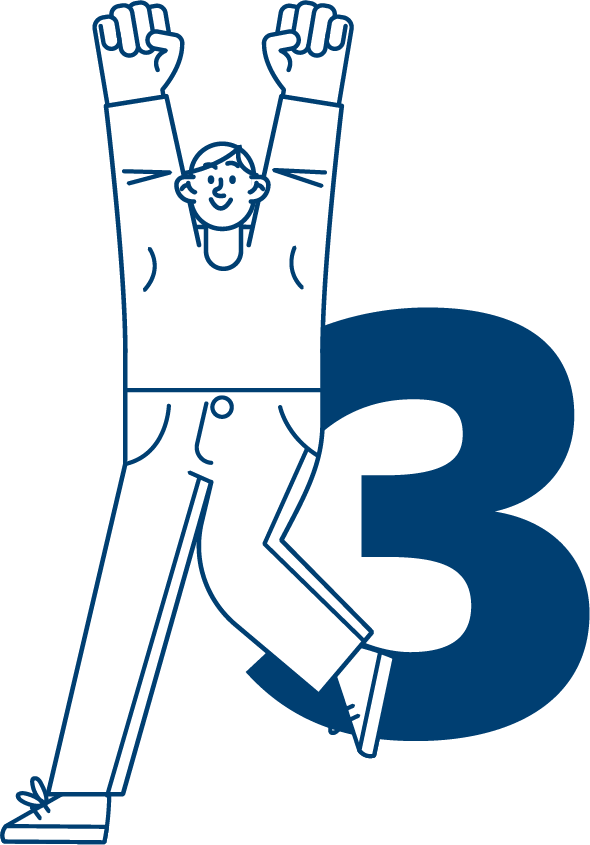
Take regular breaks
Taking frequent breaks in a shaded or cool area can help prevent overheating. Short, regular breaks are more effective than longer, infrequent ones. This practice allows your body to cool down and recover, maintaining your productivity and safety. Plan your breaks to coincide with the hottest parts of the day, typically between 11 am and 3 pm.
